9 Popular Fashion Trends That Have Roots in Latin Culture
Anna LaPlaca Sat, 09 Oct 2021 Who What Wear
I don't think anyone would disagree when I say that our fast-paced lives have so many implications for our fashion choices. On the one hand, we've never been more connected on a global scale than we are now. The fact that a writer like me in New York can publish a story about what people are wearing in Milan the same day or uncover an emerging Latin-owned brand and shout it out to the world is a beautiful thing. But on the other hand, we consume and wear new trends faster than ever, and it's often at the detriment of understanding the context that brought said fashion trend to life (aka its backstory).
So today, we're taking a closer look at the cultural history behind several now-famous fashion items—each of which has roots in Latin culture. It's not to say that the following nine pieces only originated from Latin culture, but an important piece of their history comes from it, and that's what we're here to celebrate. We tapped Jeniffer Varela Rodríguez, a fashion writer with an MA in fashion studies from Parsons, to share her insight on the backstory of several popular fashion items, some of which you might already have in your closet.
Latin culture is expansive, to be sure, and includes cultures that span 20 countries and multiple continents. So the heritage of the fashion items up ahead, including gaucho pants, saddle bags, and boleros, is just as nuanced and multifaceted as the cultures that gave them to us. With that, keep reading to discover the backstories of nine popular trends, and see how fashion people are wearing them now.

The origin: "Carriel is the term for a saddle bag style that's characteristic of the Aburrá Valley region in Colombia," Varela Rodríguez informed me. "It was originally a bag that coffee farmers used when working in the mountains so that they could carry their belongings, fitting as much as possible, and still be hands-free." Because of these origins, carrieles are associated with coffee culture, but given that the bag is practical and served many purposes, it's not hard to see why the style has persisted and paved the way for the saddle bags that designers such as Valentino and Dior are designing.

The defining details: The original carrieles had a similar shape to luxury-fashion counterparts (a crossbody strap with a top flap, traditionally made of rawhide) but were also designed with an accordion-like shape to hold as much as possible.



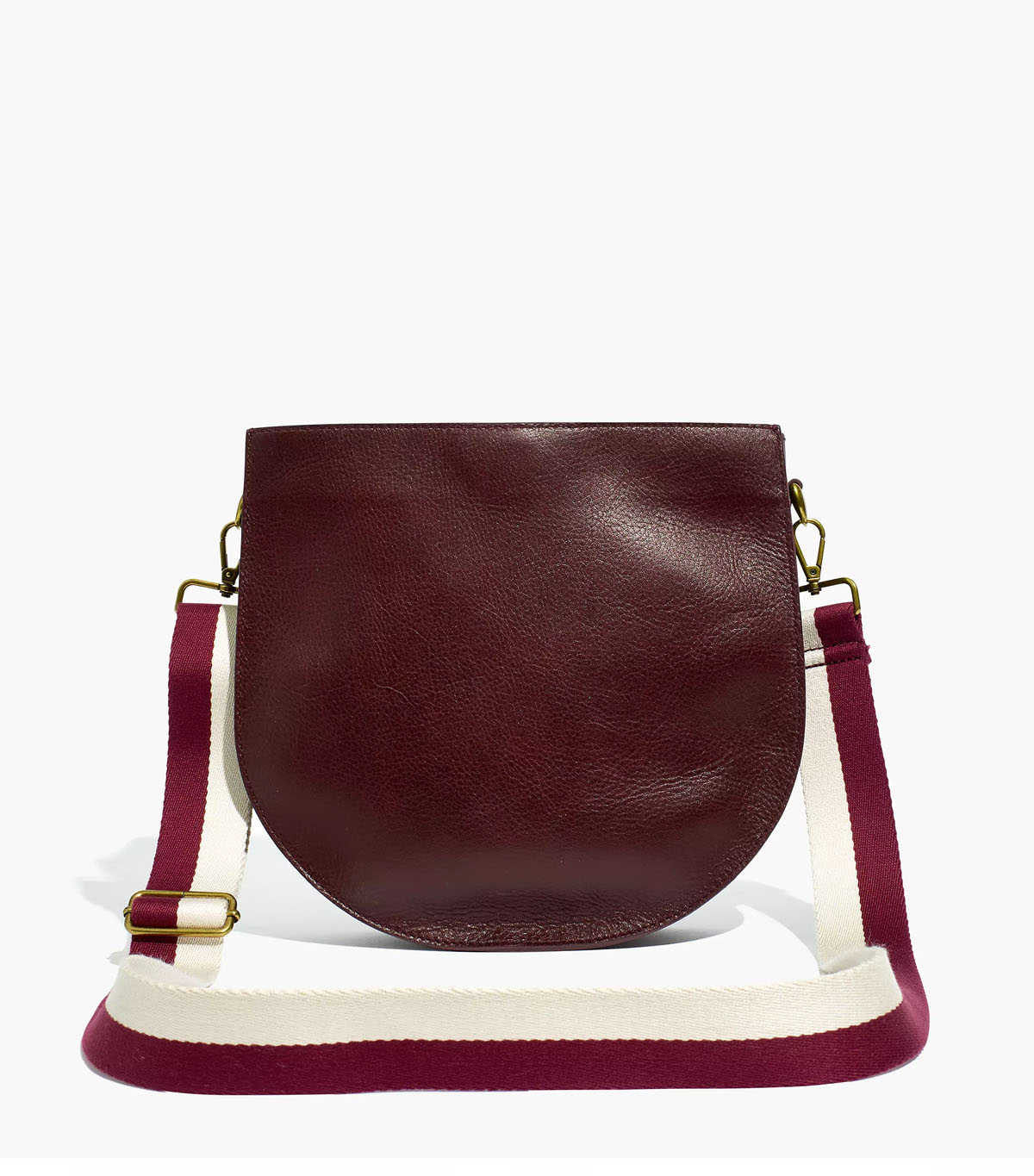

The origin: "While boleros do have their origin in Spanish culture," Varela Rodríguez shared, "we have a lot of Spanish heritage in most of our countries [in Latin America] because of colonialism. The bolero is a silhouette that came to play an important part in women's fashion throughout history, so while it's not a garment that originated in Latin America, it symbolizes the legacy of Spain in most of the countries they colonized."

The defining details: Whereas many of the other items on this list were worn by men first and then later adopted by women, boleros were actually designed for women from the get-go, Varela Rodríguez informed me. The tightly cropped jackets played a big part in the basic silhouette of women's dresses in the 19th century, and it was very common for a "dress" to be composed of a skirt with a bolero as the top.
While historically, boleros were jackets in stiffer materials, we're seeing an influx of softer knit boleros that feel especially relevant for the times.
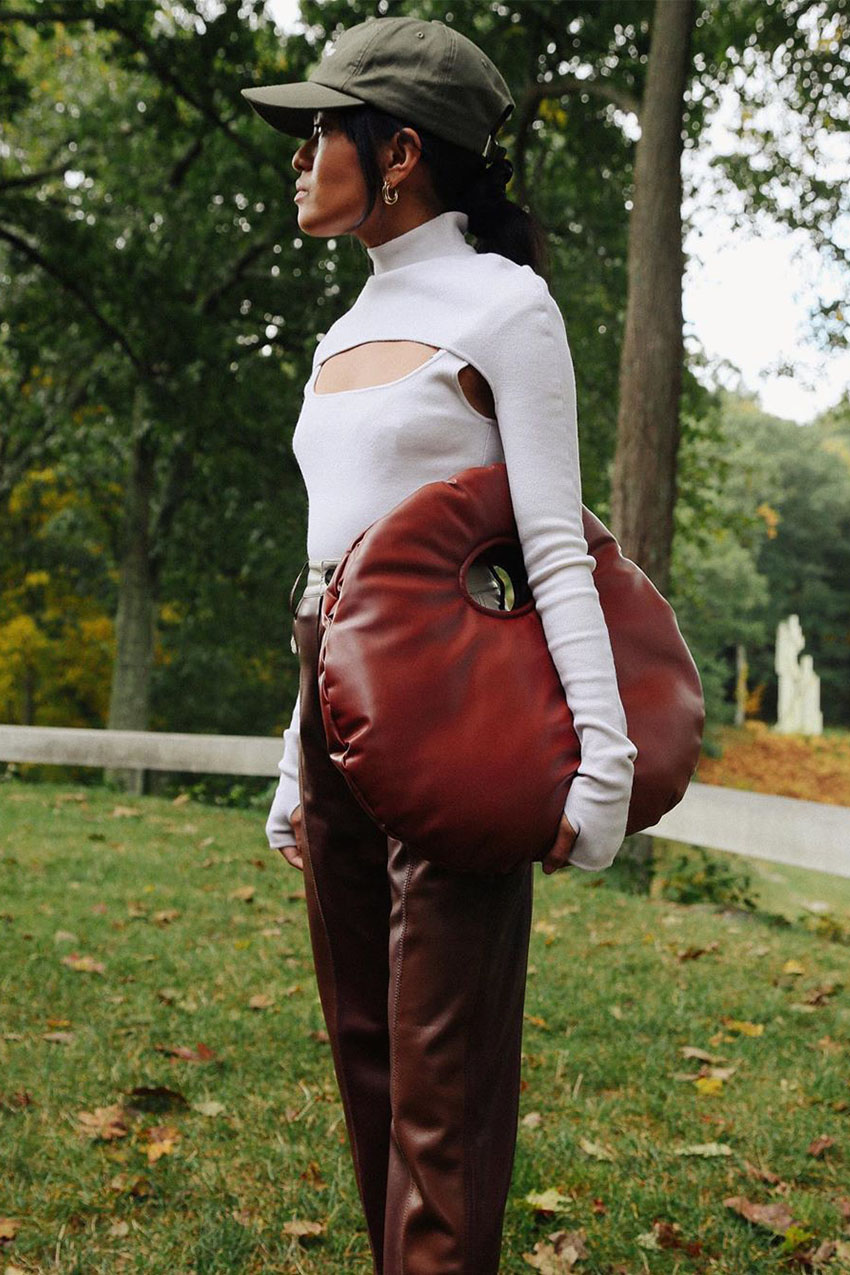




The origin: Gaucho pants were, at one point in time, worn by cowboys in Argentina, themselves called gauchos, because the oversize and wide-leg shape of the pants was meant to be worn over a first pair as a sort of protective layer. Varela Rodríguez informed me that their particular shape comes from the fact that when you sit, you need a different proportion of fabric than when standing, which makes sense given that Argentinians mostly wore them while riding horseback.

The defining details: Defined by a wide-leg shape and cropped length, the traditional gaucho look combines a pair of black trousers with a white shirt, often accessorized with a red handkerchief knotted around the neck. Gaucho pants, Varela Rodríguez argues, are always going to have a place in our closets in some form or another, so we're not surprised to see variations on these cropped knee-length pants make a comeback every few years. I'd argue that our need for comfort in this particular moment is what has made these modern wide-cut shorts so popular.





The origin: While we refer to these as camp shirts or even vacation shirts now, Varela Rodríguez told me that in the past, these guayaberas, as they're called, were considered formal attire. "I still attend weddings in which the attire is something called 'tropical cocktail,' and men typically wear either the white tuxedo or the guayabera for something that's a little less formal," she pointed out. "They are particular to Central America because of the weather. Fashion had to offer more practical solutions to the climate since it's mostly 80º or 90º in the region."

The defining details: Since these shirts were designed to be formal yet breathable in the heat, they're made in lightweight fabrics like cotton and linen. The style is defined by a short-sleeve button-down, usually with a collar. "Depending on the embroidery it has," Varela pointed out, "it might be higher end. There are designers that have come up with entire lines dedicated to them."





The origin: "Cowboy boots have so many origins, and I'm pretty sure people associate them with America and all these ideas of Texas and cowboys we saw in popular culture from years ago," Varela Rodríguez tells me. While she couldn't comment on their exact origin, "I'd say you have to mention Argentina and the gaucho, which is the Argentinian cowboy," she explained.

The defining details: Just like gaucho pants, cowboy boots were worn by, well, cowboys, and their purpose was all practical: The design allowed you to transition easily from walking to riding.




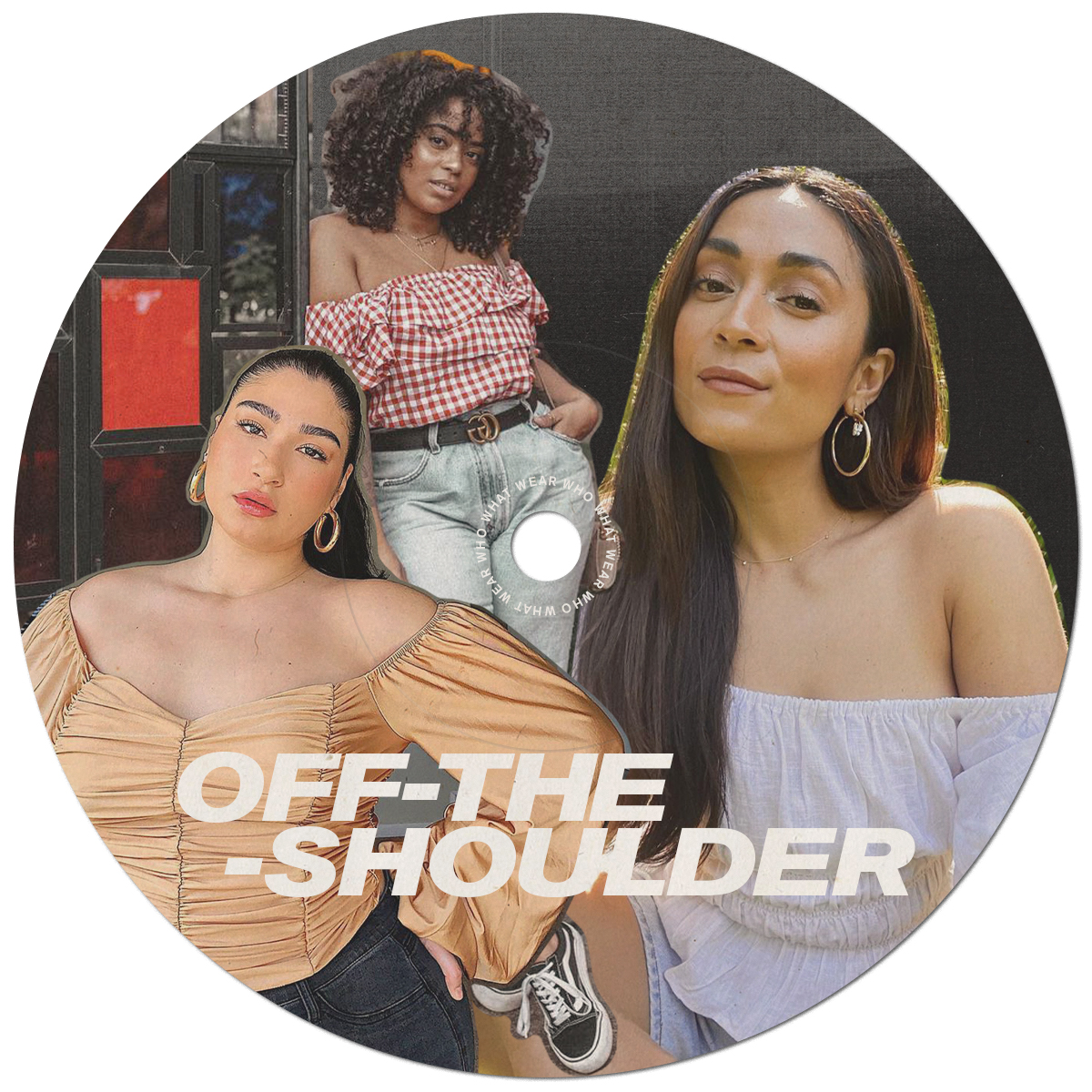
The origin: "According to local historians such as Laura Beltrán-Rubio," Varela Rodríguez noted, "the off-the-shoulder was part of the traditional attire worn by mestizos, who are people with a mix of Spanish and indigenous descent."

The defining details: "It consisted of a top with an off-the-shoulder silhouette and ruffles accompanied by a pollera, a long skirt with ruffles at the bottom," she continued. "The fabrics would vary depending on the climate and the social status of the wearer, but overall, cotton was the most common of the materials."





The origin: Originating in the Andes Mountains, which span Colombia, Peru, and Bolivia, ponchos are a style that farmers traditionally wore. "Because it was only made of wool and because of its heaviness, it's the coziest thing you can have when you're deep in the mountains and it's the only thing that can make you feel warm," Varela Rodríguez explained. "To this day, you'll see them working on their farms at 5 or 6 in the morning wearing their huge ponchos made of the finest and heaviest wool they can find."

The defining details: Just like saddle bags and cowboy boots, ponchos are another item that was guided by practicality. While traditional ponchos are made of heavy wool, today they're available in an array of materials. Along with capes and blanket scarves, they form an entire outerwear category beloved by fashion folk.




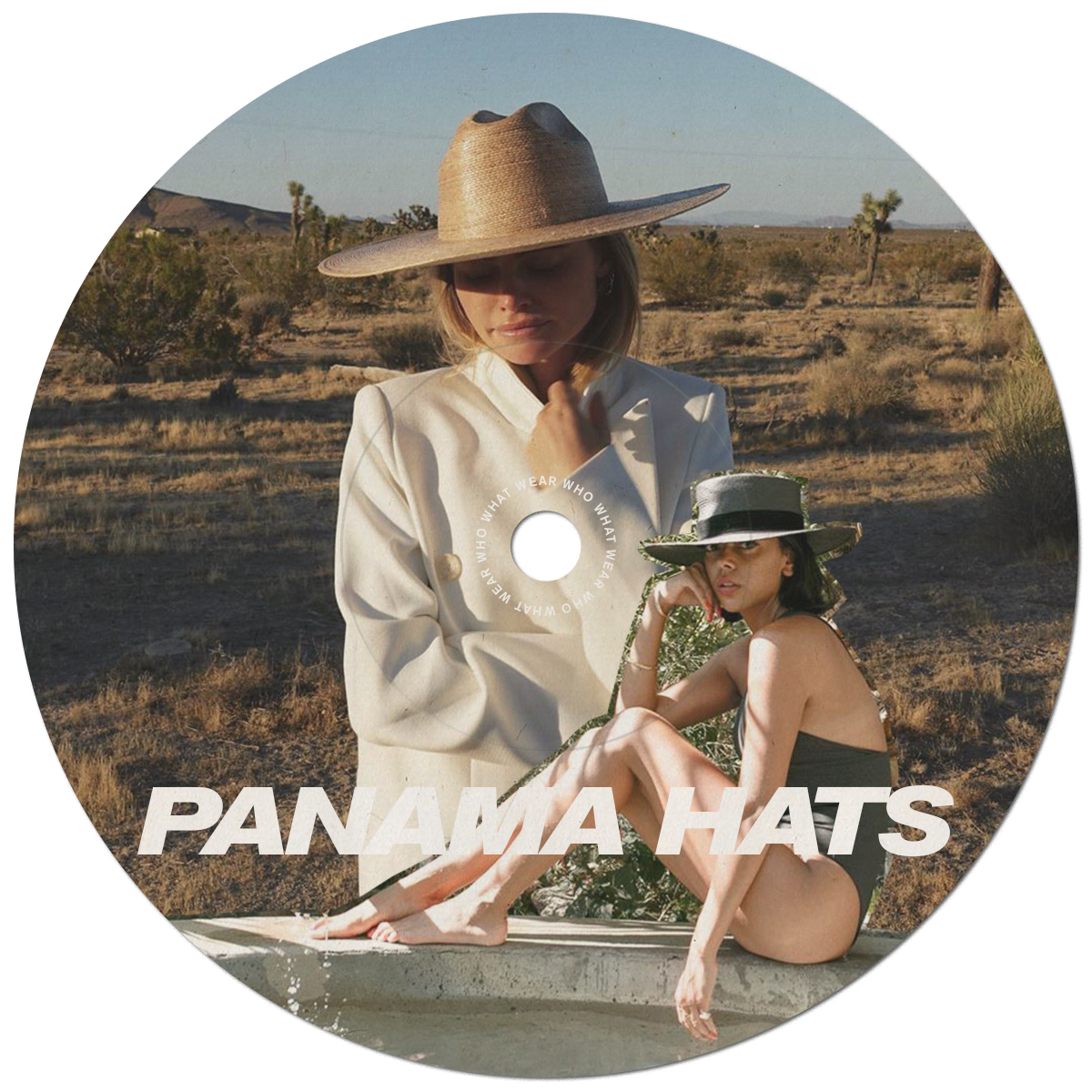
The origin: You might be thinking, "Well, these must come from Panama," but technically speaking, that's not the case. "The Panama hat was never made in Panama," Varela Rodríguez said. "It originated in Ecuador, but it was in Panama where it became popular thanks to the country being an epicenter for commerce at the time (around the 1850s). The name was reinforced by politicians like Theodore Roosevelt to establish the importance of Panama (and its canal) to commerce in the region. Just like with woven bags, access to the material makes it easy for different countries to come up with their own version of a piece, and in the case of this hat, the differences are really minimal. We can count the sombrero aguadeño from Aguadas, Caldas, in Colombia (a symbol of people in the countryside) or the jipijapa hat from Mexico."
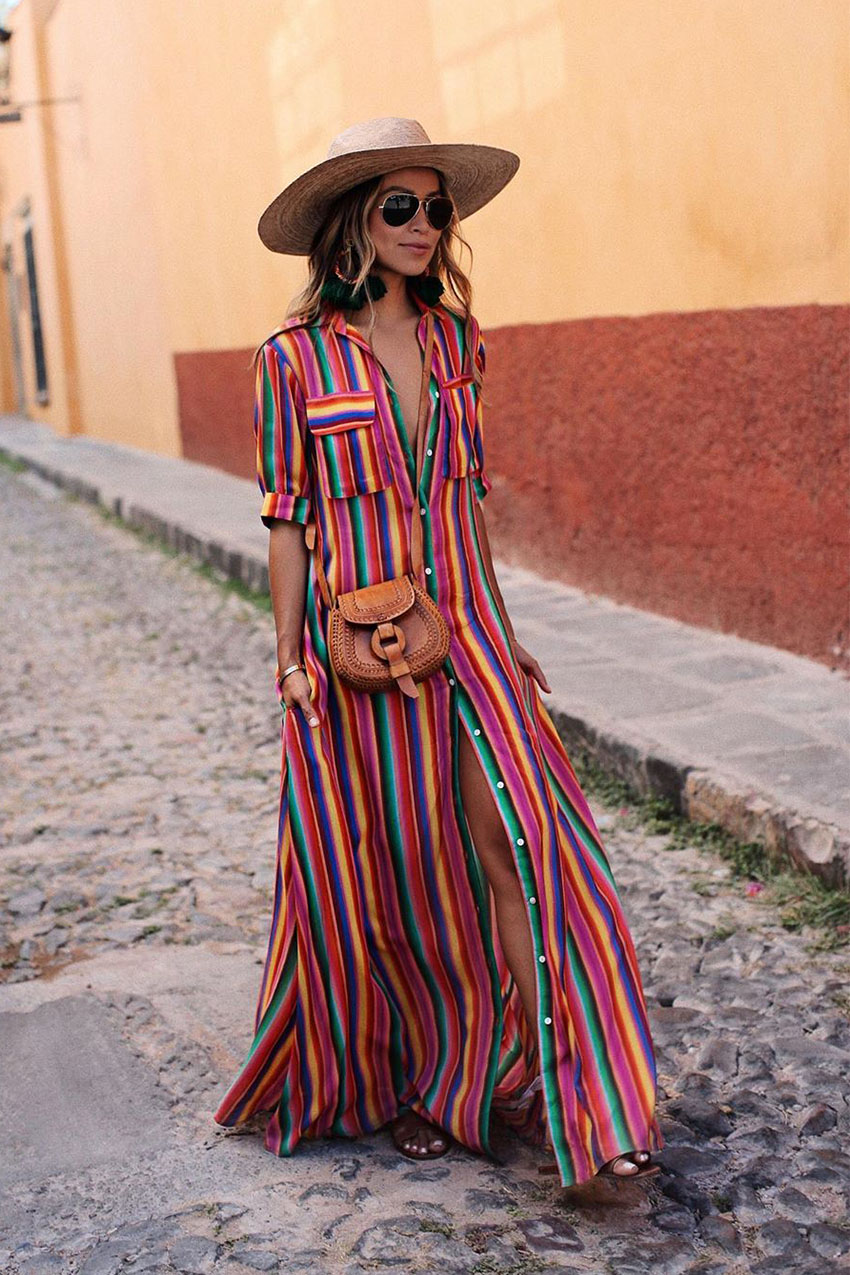
The defining details: Panama hats are so popular because they serve an important purpose: sun protection. What defines the hat style itself is a short and flat brim, usually with a contrasting ribbon and traditionally made of straw, though the modern-day iterations are now made with other natural materials, too.





The origin: "It all started with practicality and an abundance of material," Varela Rodríguez notes of the raffia bag, "which in this case is raffia palm (a species of about 20 different trees that grow widely in Central and South America). Artisans from different indigenous communities across continents have their own version of the bag, in many cases using their cosmology to create shapes and color the bags in different ways. Some of these tribes that survive to this day are the Wayuus, located in the north region of Colombia, and the Náhuatls from Mexico. Other materials for woven bags include wool and wicker, all utilizing techniques that have been taught through generations, symbolizing the community work of a tribe."

The defining details: As Varela Rodríguez mentioned, raffia bags vary greatly in style and size but share one common thread, which is their woven material. Case in point, the bags on offer today range from evening bags like the ones from Silvia Tcherassi to a woven tote like from Loewe.




Next: No Matter Your Budget, Here's How You Can Support Latin-Owned Brands







